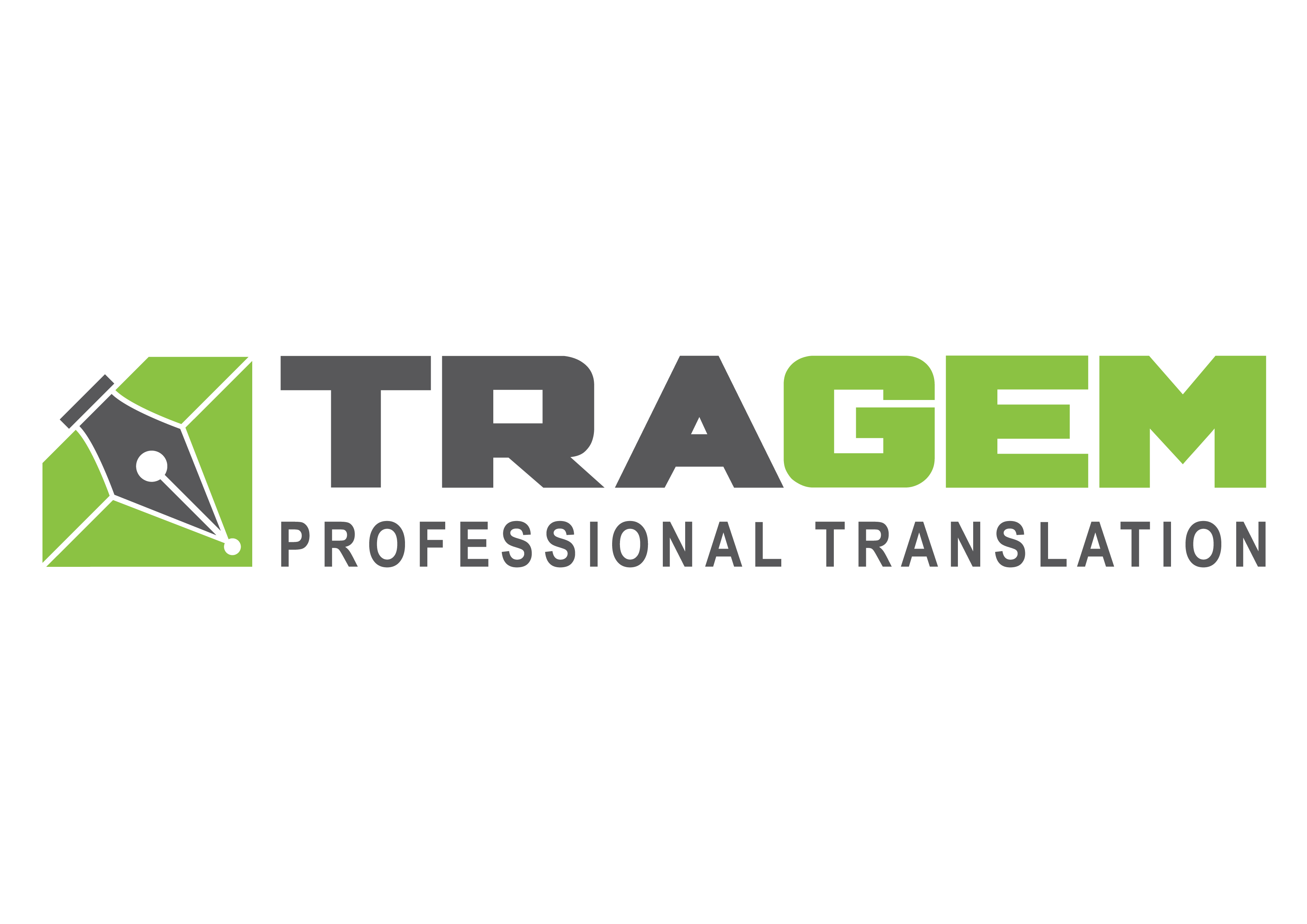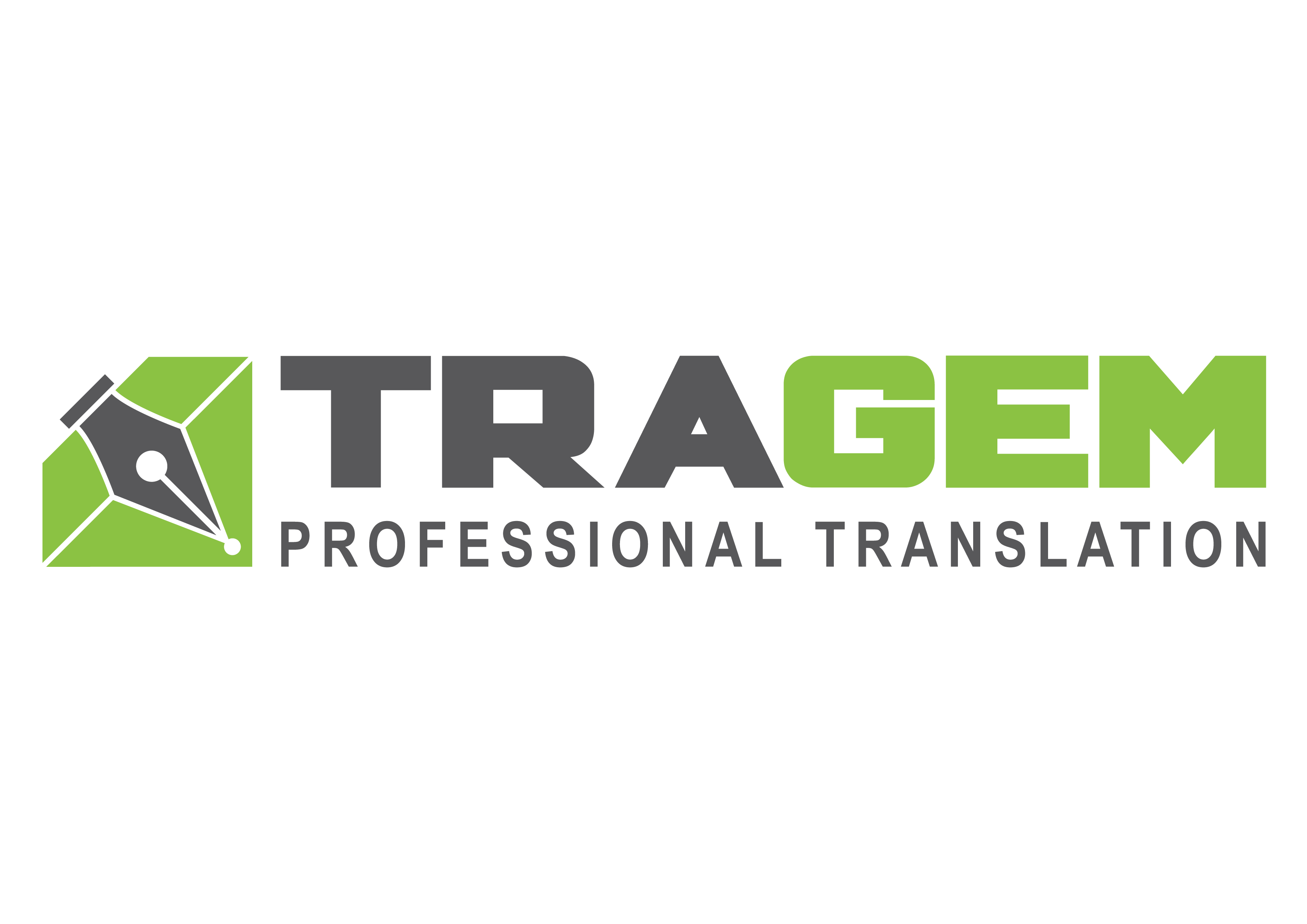Navigating Language Diversity
Harnessing Effective Localization Strategies in the MEA Region
In the modern business landscape, the Middle East and Africa (MEA) region stands out as a melting pot of cultures, traditions, and languages. Spanning a vast geographic area, from the Arabian Peninsula to the plains of Africa, this region boasts a rich tapestry of linguistic diversity. As businesses increasingly expand their reach into these markets, understanding and effectively navigating this linguistic complexity becomes paramount. In this article, we delve into the intricacies of language diversity in the MEA region and explore how implementing robust localization strategies can pave the way for success.

Linguistic Diversity: A Tapestry of Languages
The MEA region is home to a plethora of languages, reflecting centuries of cultural exchange and historical influences. Arabic stands out as the dominant language across much of the Middle East, with numerous dialects and variations. In Africa, the linguistic landscape is equally diverse, with languages ranging from Swahili in East Africa to Hausa in West Africa, and Amharic in the Horn of Africa. Additionally, English, French, and Portuguese serve as lingua francas in many African countries due to colonial legacies. This linguistic mosaic presents both opportunities and challenges for businesses seeking to engage with diverse audiences across the region.
Challenges of Language Diversity
Navigating language diversity in the MEA region poses several challenges for businesses. One of the primary obstacles is the need to cater to a wide array of languages and dialects to effectively communicate with local audiences. Moreover, cultural nuances and sensitivities must be carefully considered to ensure messages resonate authentically with target demographics. Additionally, logistical challenges such as coordinating multilingual content production and managing translation workflows can further complicate the localization process.
Effective Localization Strategies
To overcome the challenges posed by language diversity in the MEA region, businesses must adopt effective localization strategies tailored to their target markets. This begins with conducting thorough market research to identify key languages and dialects spoken by the target audience. Investing in professional translation and localization services is essential to ensure accuracy and cultural relevance in translated content. Leveraging technology, such as localization management platforms and machine translation tools, can streamline the localization process and enhance efficiency. Moreover, engaging with local communities and incorporating their feedback can help businesses build trust and credibility with their audience.
Conclusion
As businesses continue to expand their presence in the MEA region, navigating language diversity emerges as a critical factor in achieving success. By understanding the linguistic landscape and implementing effective localization strategies, businesses can overcome linguistic barriers and unlock opportunities for growth. Embracing linguistic diversity not only facilitates better communication but also fosters stronger connections with local audiences, ultimately driving business success in the dynamic and vibrant MEA market.



